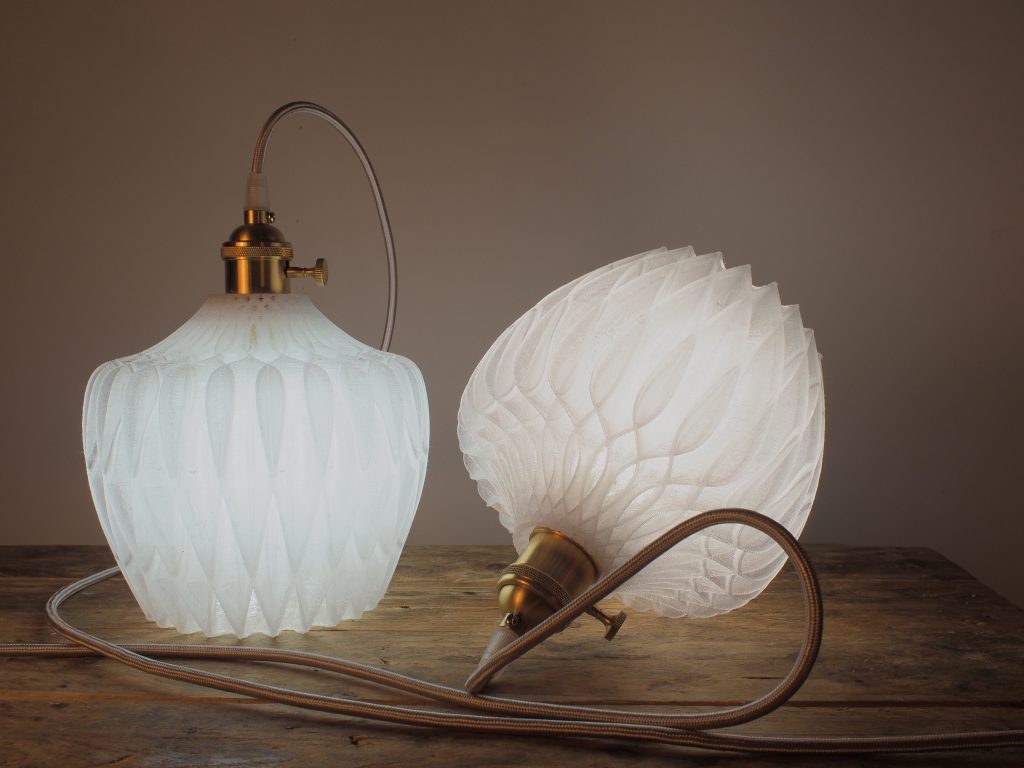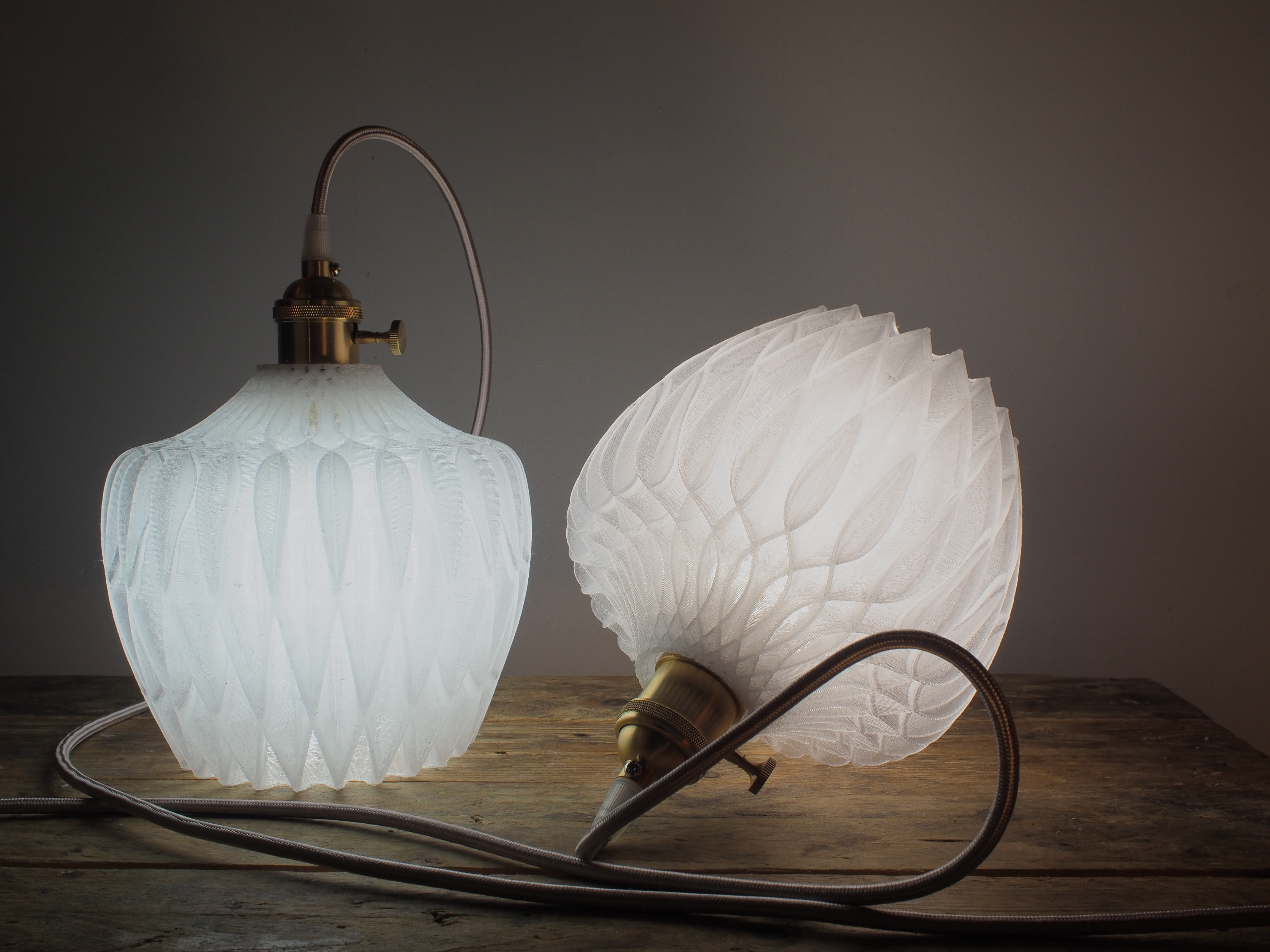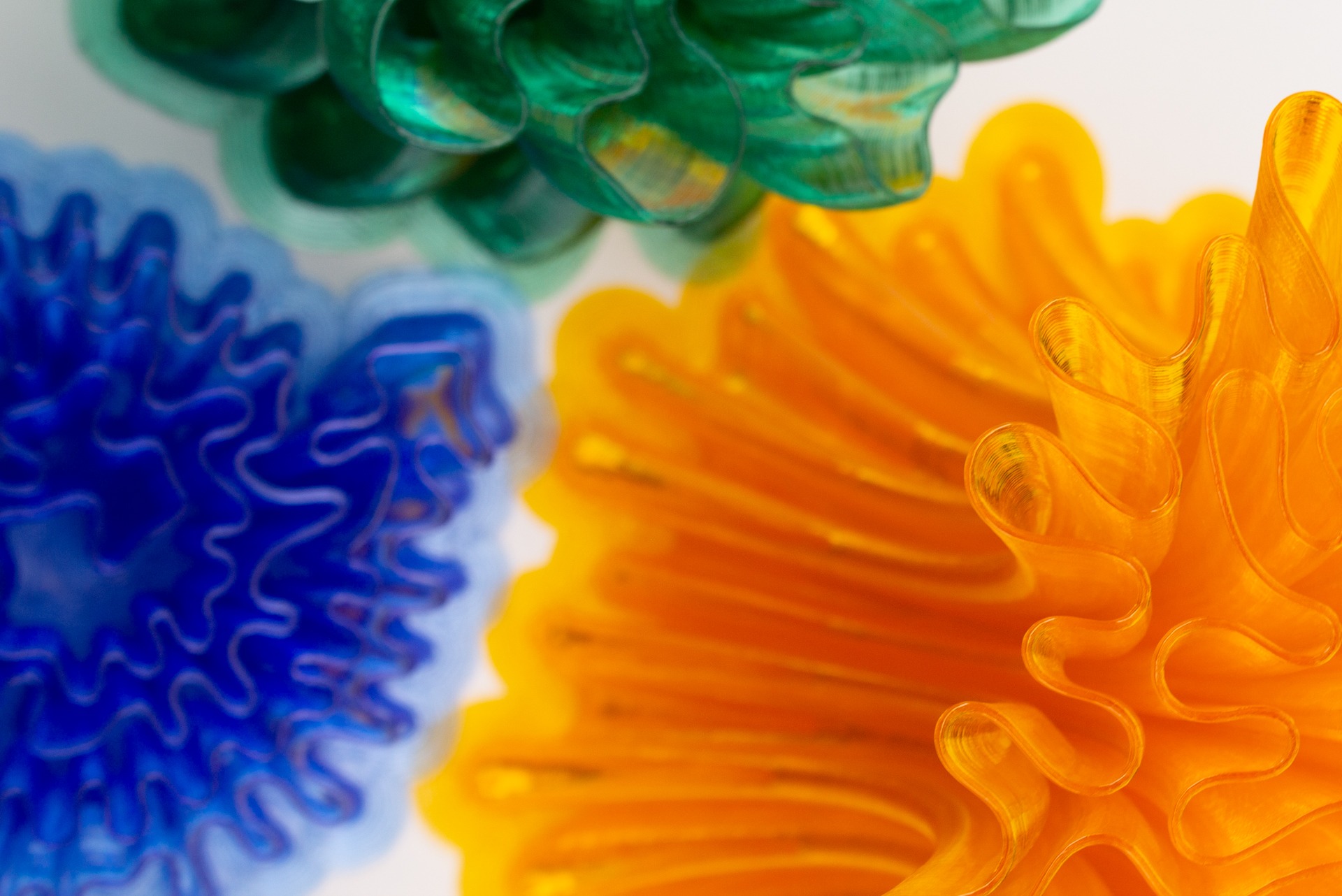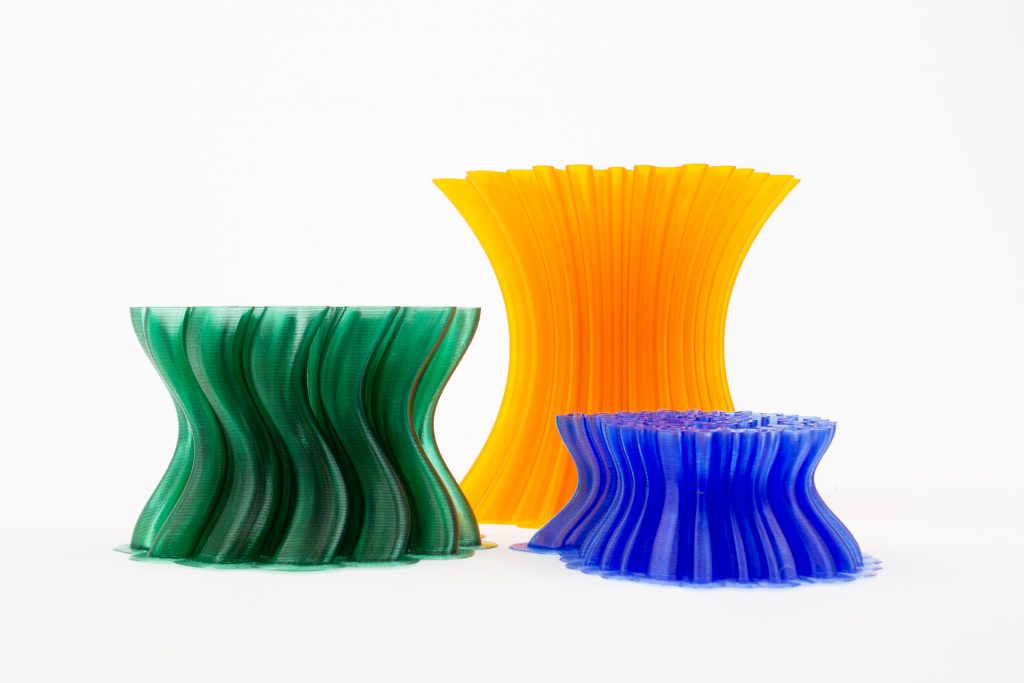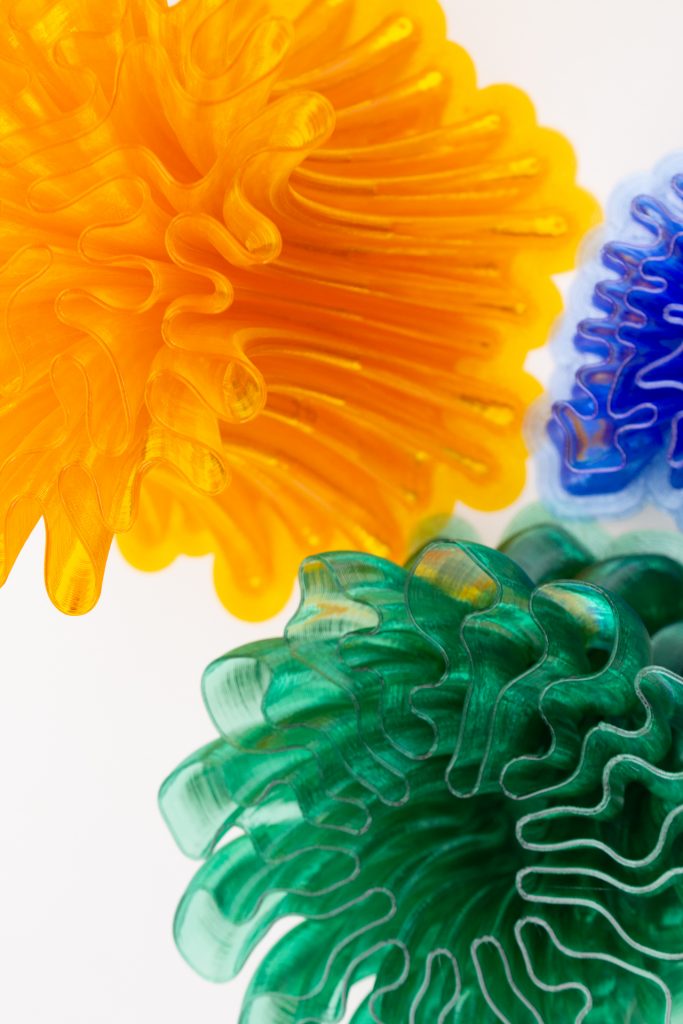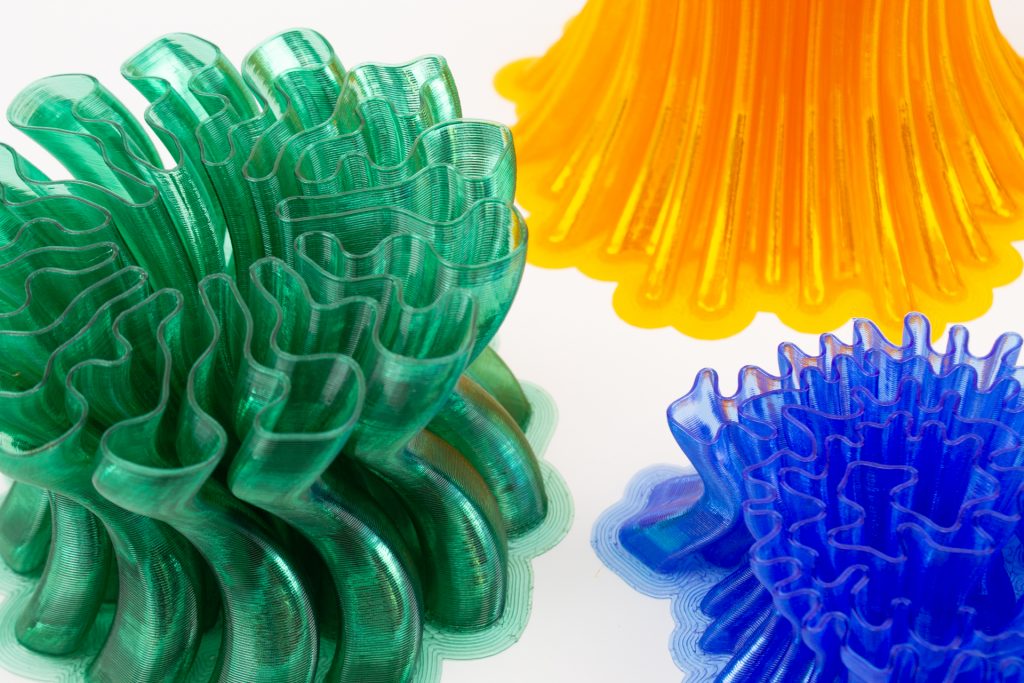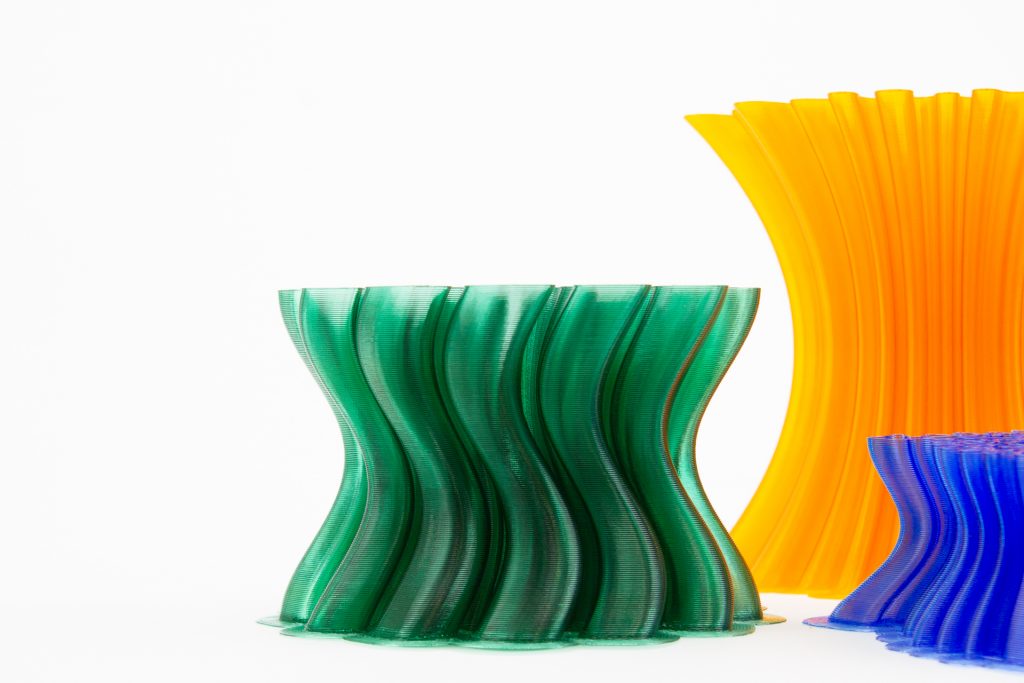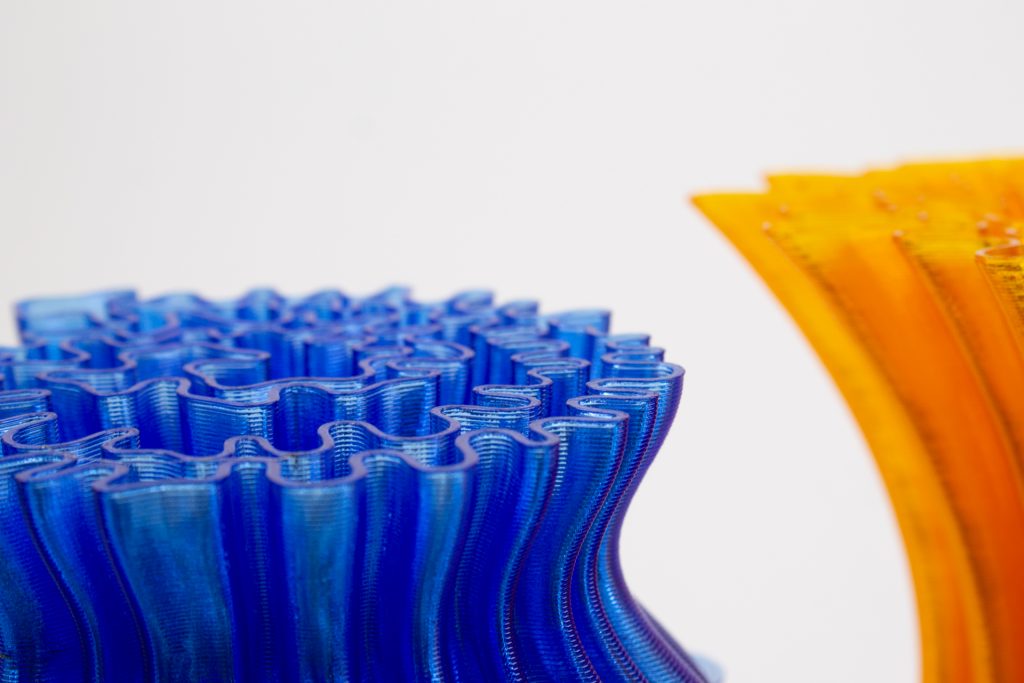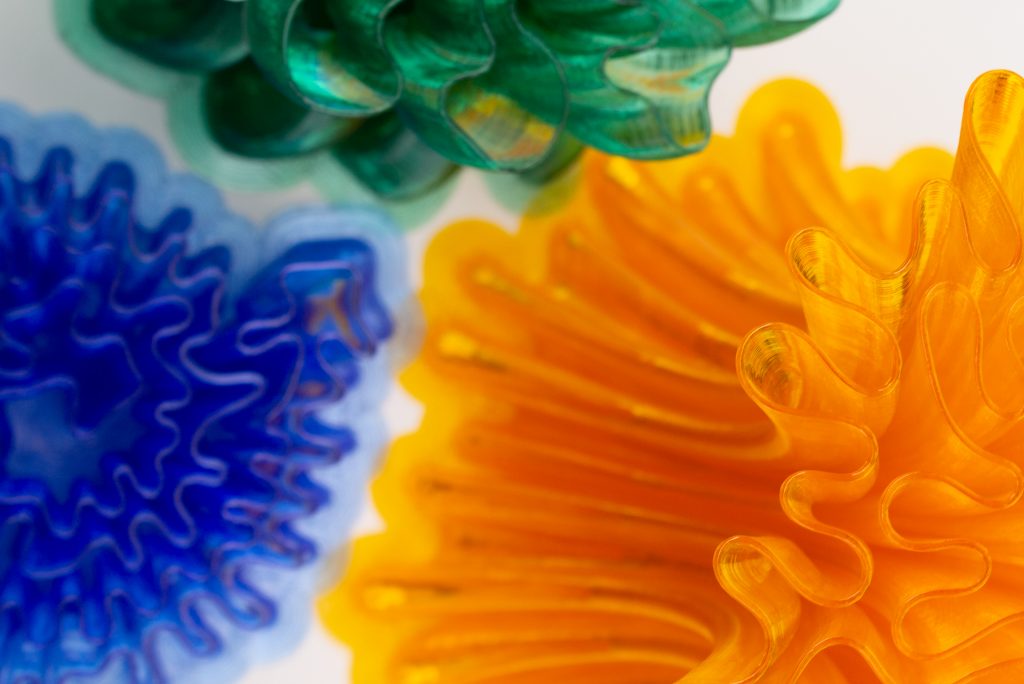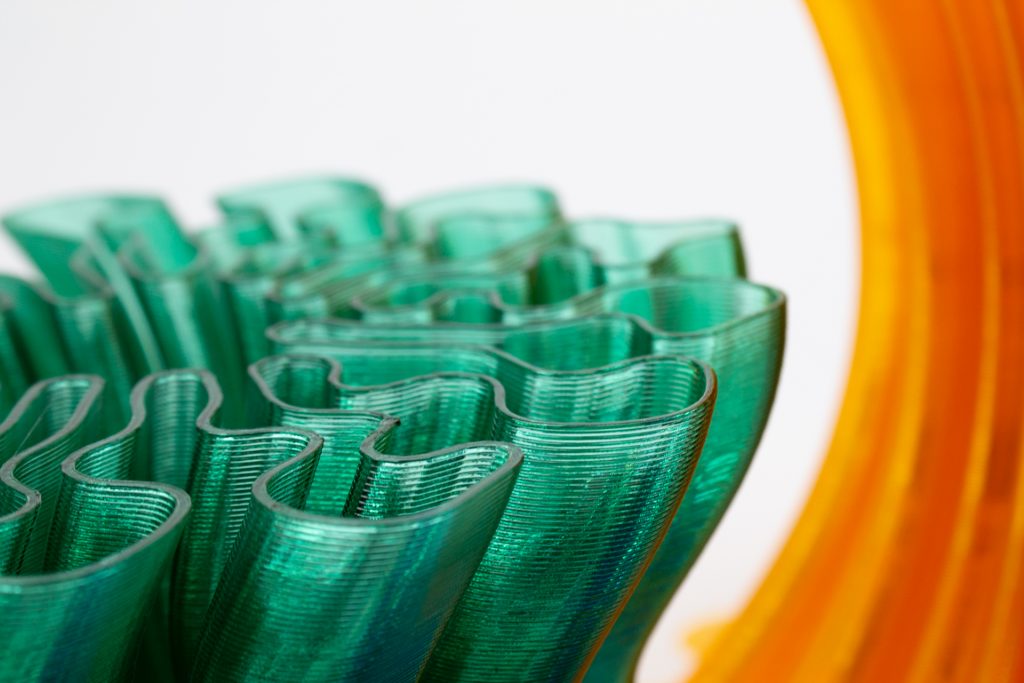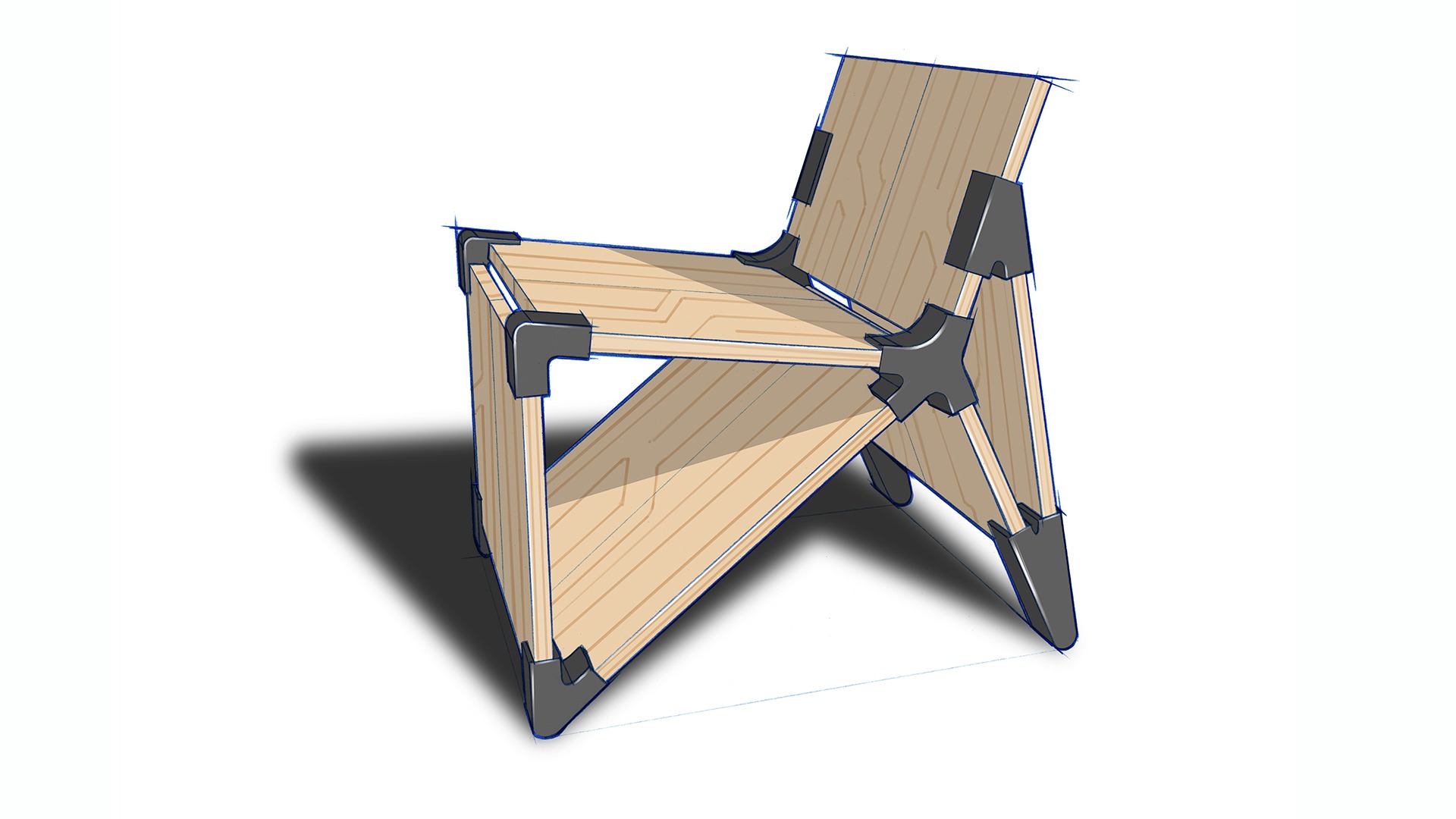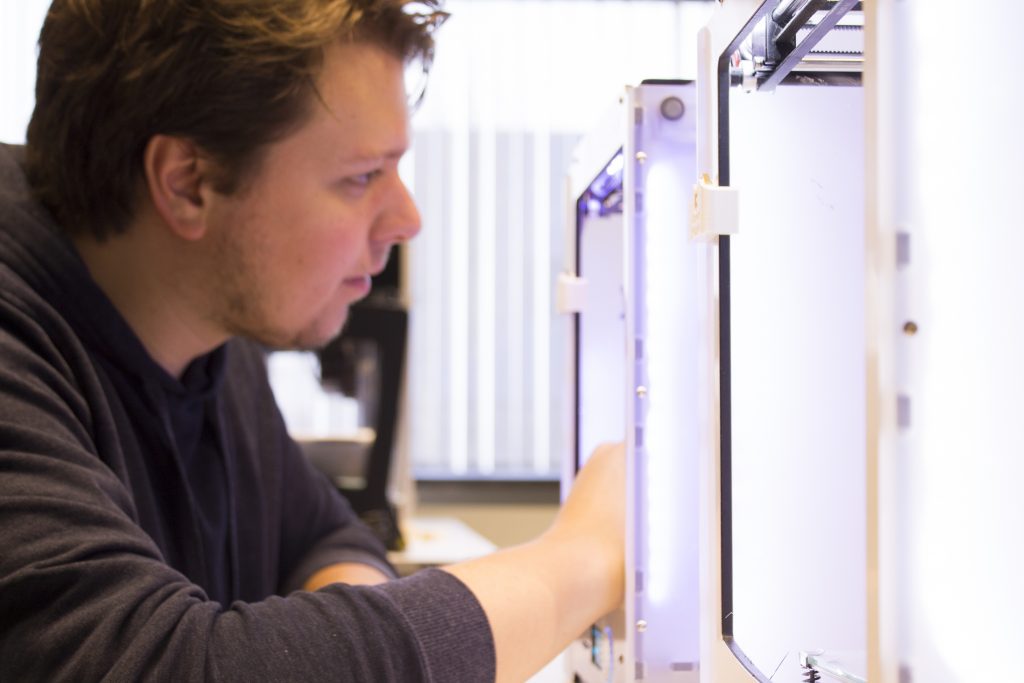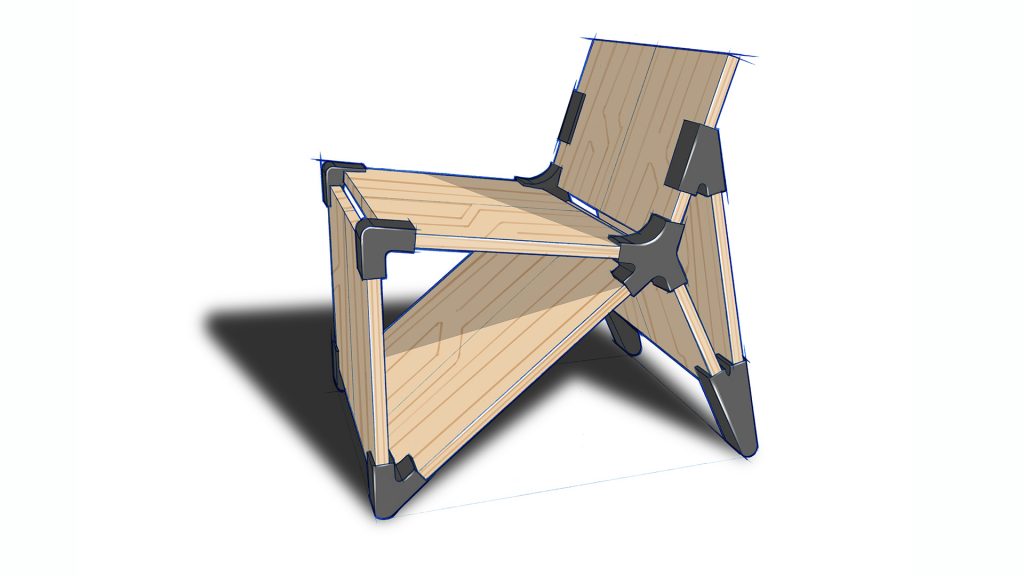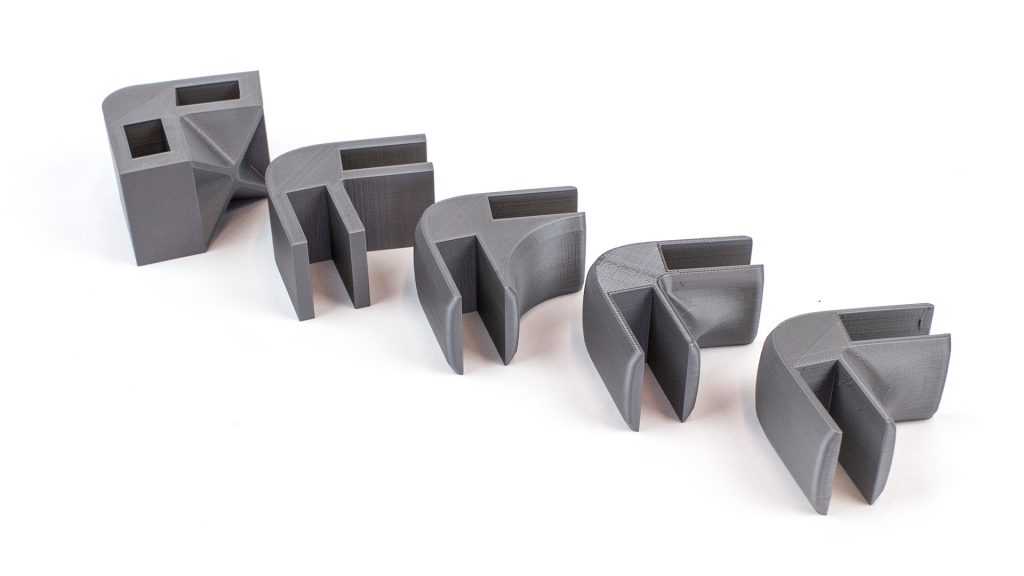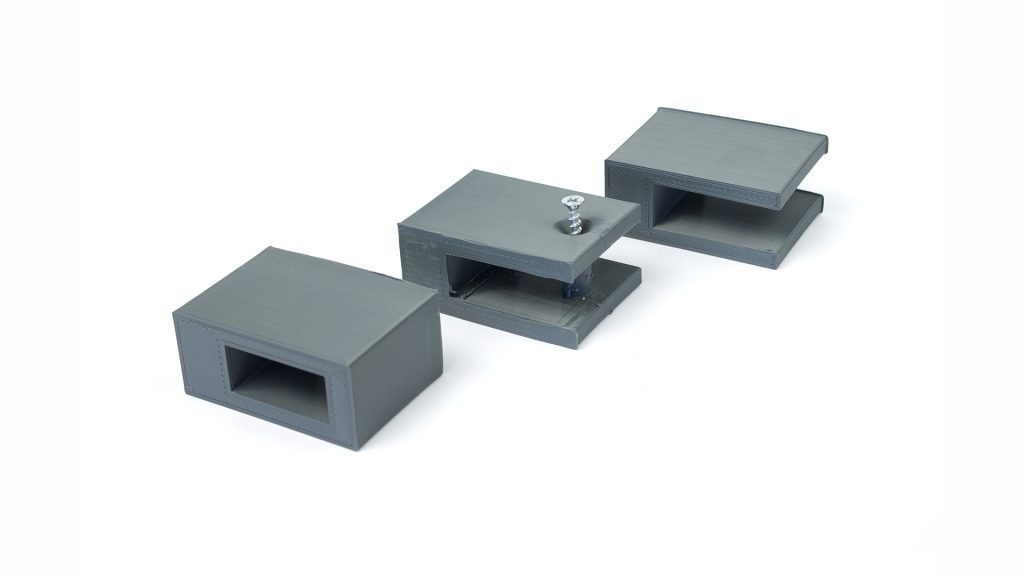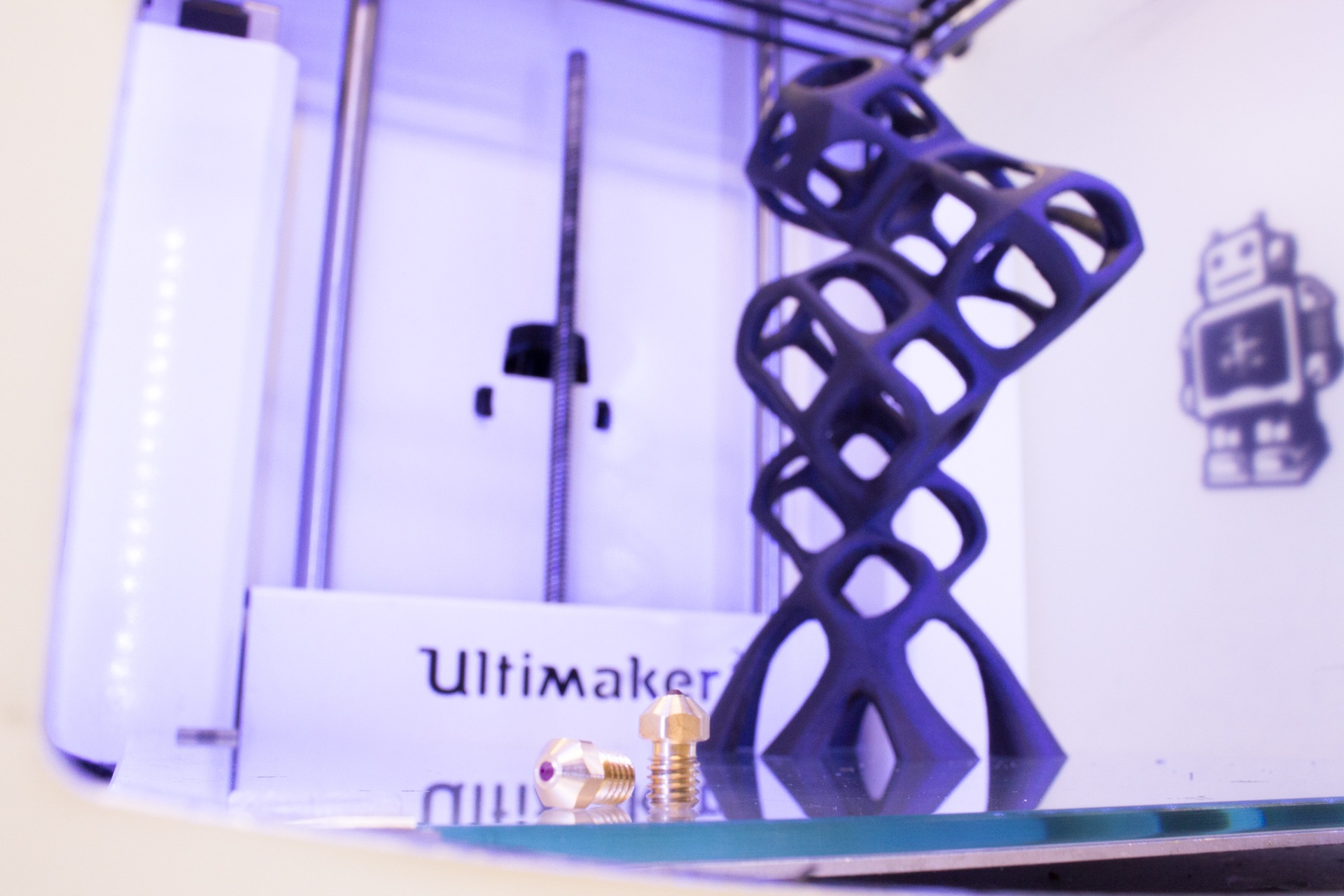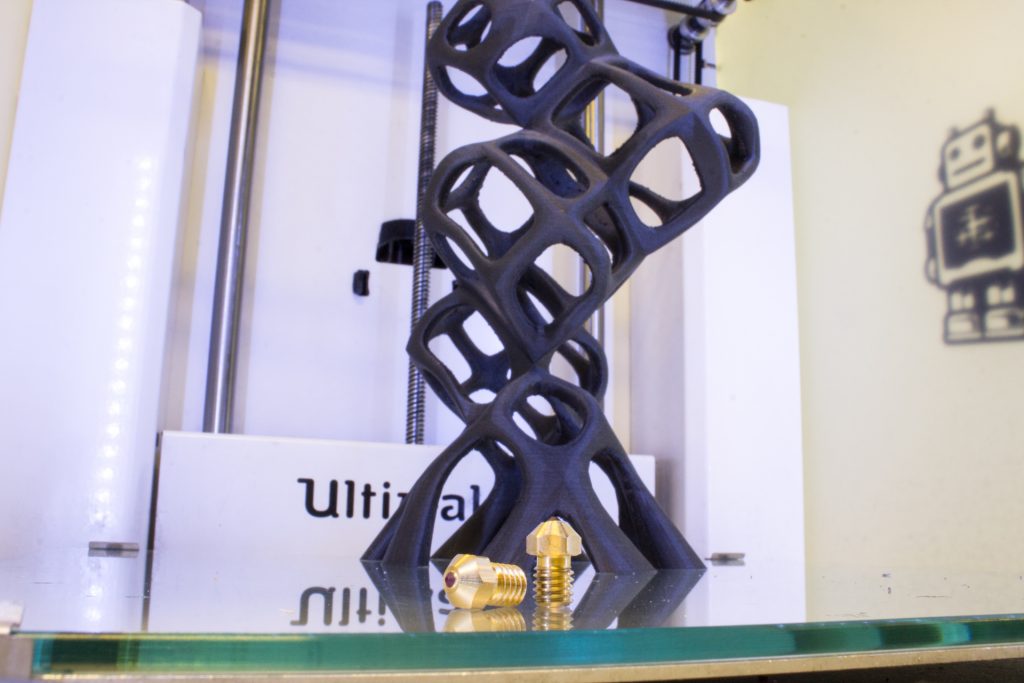There is no restriction these days where one can find 3D printed parts: gadgets, end parts, tooling, prototypes and, more and more, design pieces that you can find in any home these days. One great application is to use 3D printing to make unique and customized lamp shades. Companies like Gantri are doing amazing things in this field and we recently came across the work of Nicolas Muller, who designed the Shiny Leaves Lamp Shade.
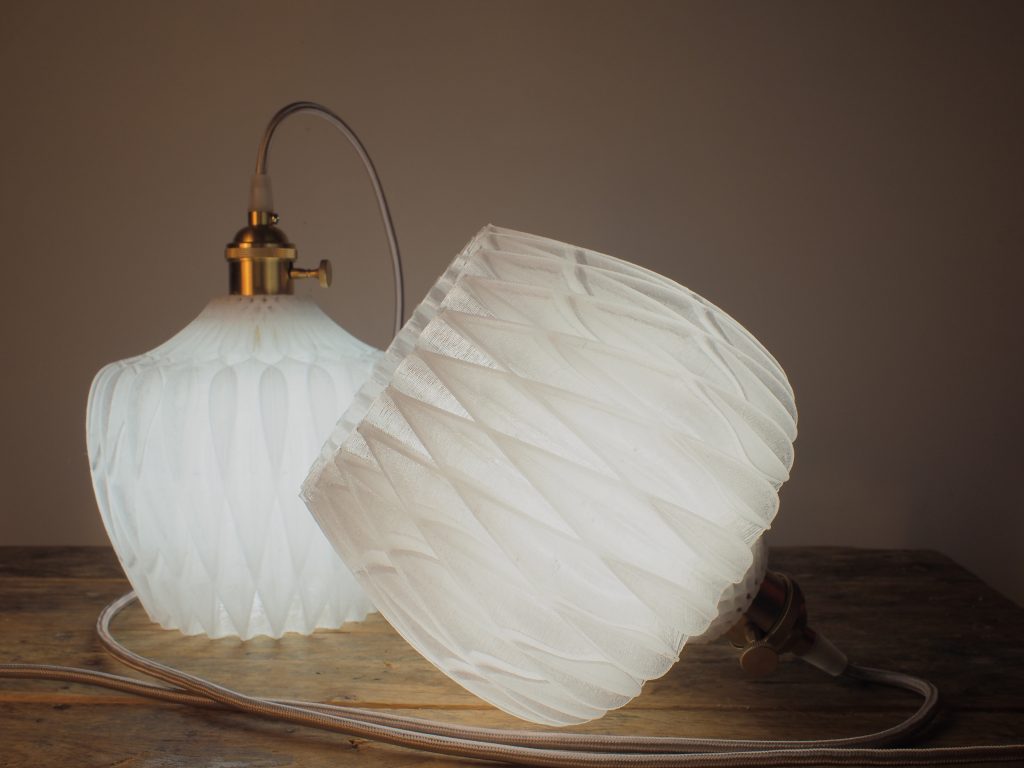
Nicolas uses our nGen Clear to print the lamp shades on his self-built printer using E3D extruder and hot ends. He even used nGen to print parts of the printer, so he is clearly a fan! The ease of use and clarity of the filament has made it the go-to filament for Nicolas.
Nicolas is an architect and enjoys working on lamp shades and other designs when he finds the time. He is located in Strasbourg, France. From time to time he publishes his work on his Facebook page.
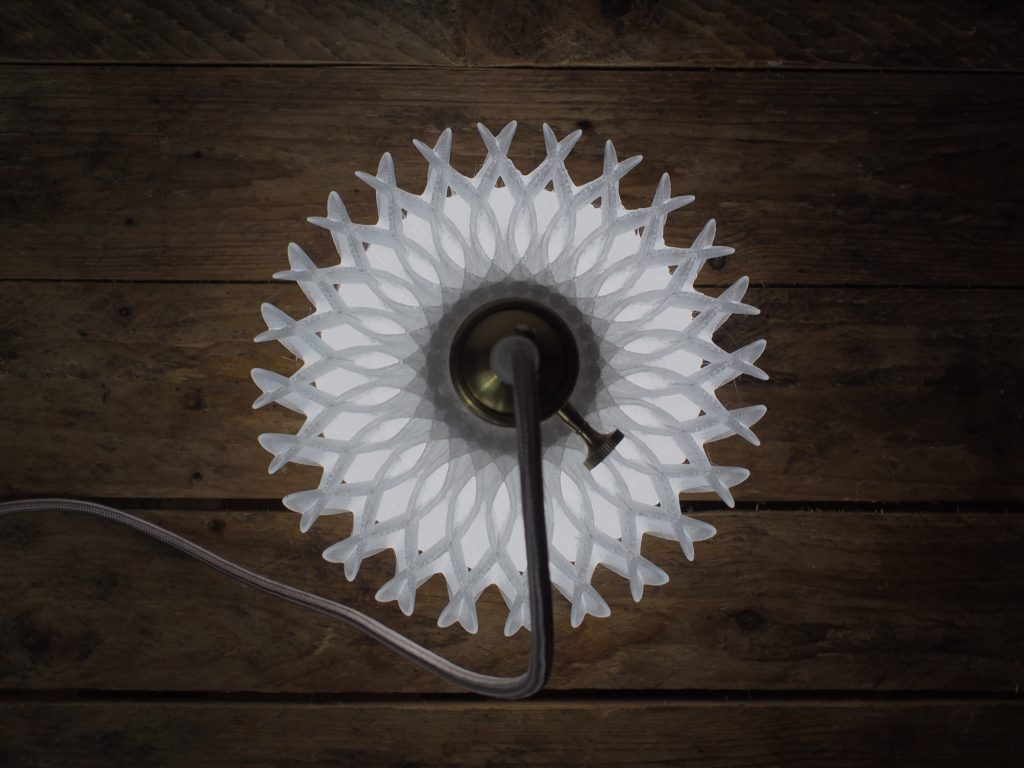

Nicolas’ website is still under construction but you can contact him if you would like to have more information: contact@acidstudio.fr. We will definitely follow him and his amazing work!
ABOUT NGEN
A little over three years ago, by the end of 2015, we released a new all-round material called nGen, next Generation, based on Eastman Amphora AM3300. We believed then (and still do) that this filament was a next step for 3D printing materials. It was our goal to bring a filament to the market that has functional properties, looks astonishingly good and prints like a dream.
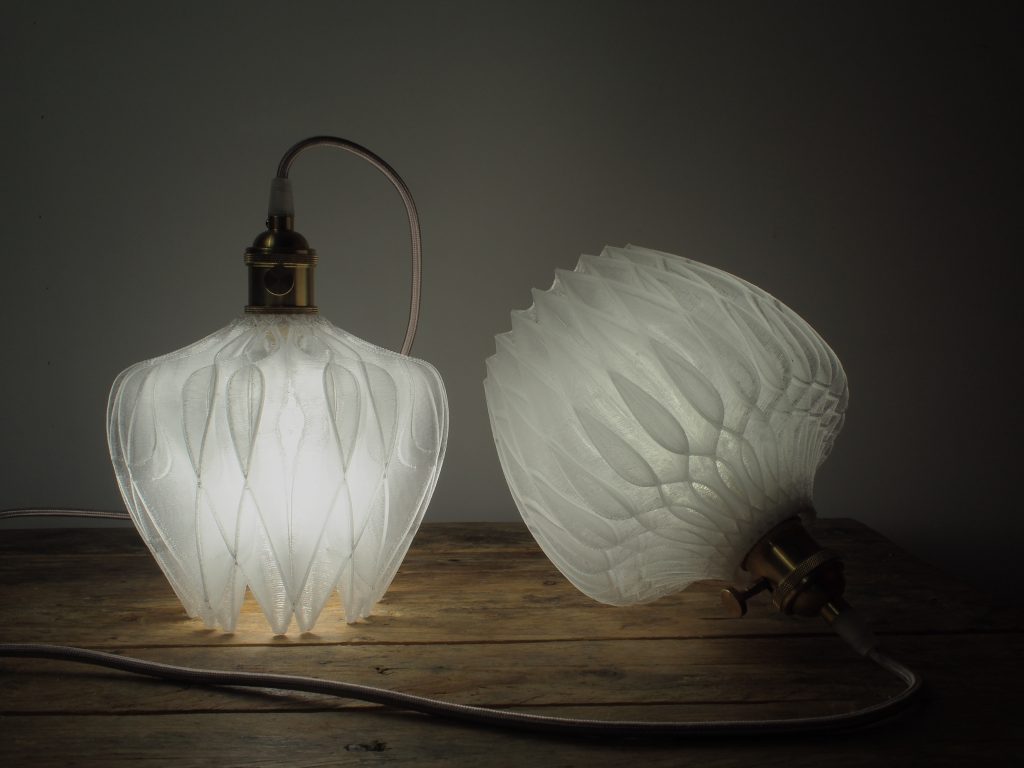
nGen has been a hit ever since. This is not without reason. It is true all-round material suitable for most day to day 3D printing activities. Its chemical make up ensures a very consistent quality. An advantage over PLA is its elevated temperature resistance: 80 degrees instead of 45 degrees, so even in hotter climates (or a hot summer day) the material holds up extremely well. Below is a comparison chart of several of the Amphora based filaments compared to commodity materials like ABS and PLA.
You can read more on our dedicated landing page or our blog about co-polyesters.
nGen is an amazing material which enables users to create parts with gorgeous detail and the benefit of long term stability. Don’t just take our word for it. Below are some of the reviews that our users posted in our webshop:
“Its just the perfect Filament for me!”
“Printing as easy as PLA, but with better material properties.”
“nGen is very predictable and strong.”
“nGen is always my “go to” filament. It just prints beautifully. It’s strong, handles heat well, reliable, and just looks great.”
“… prints like butter 🙂 and the finish is absolutely perfect.”
